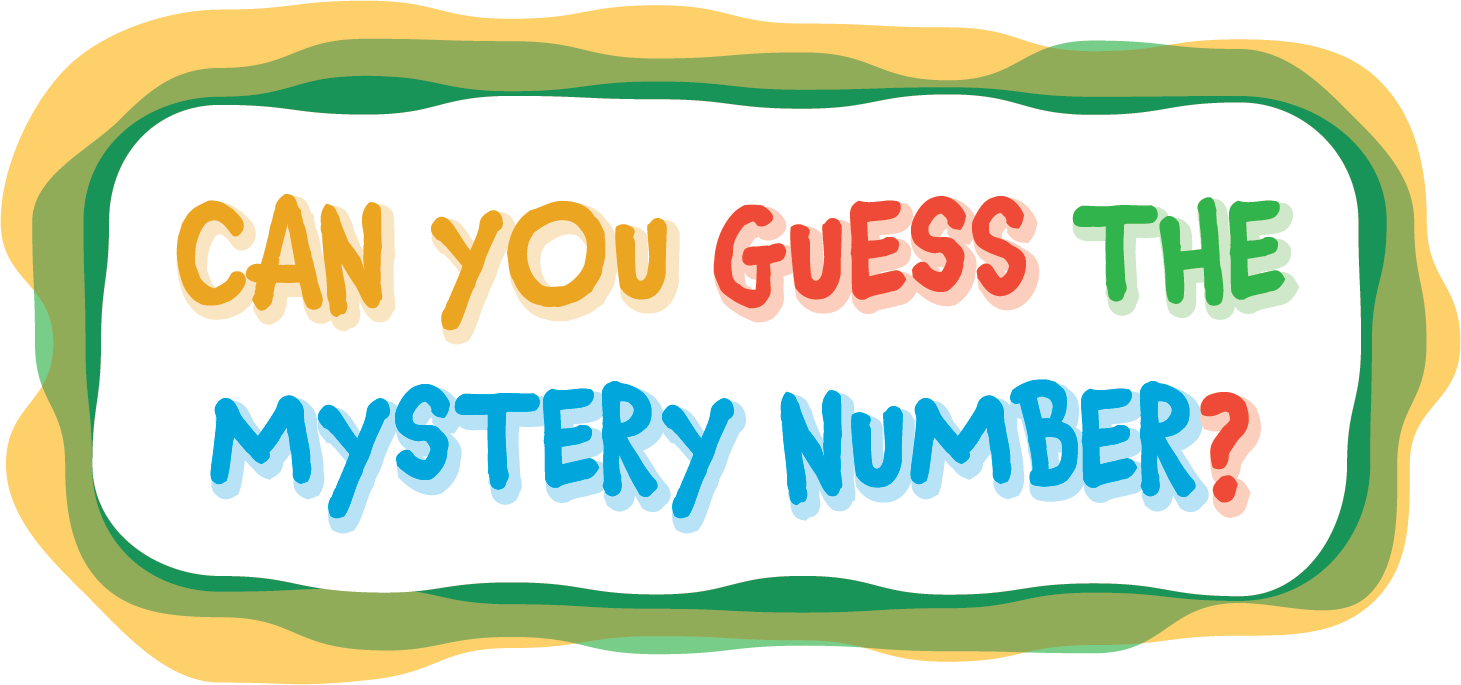Lesson 9
Solve Number Riddles
Warm-up: True or False: Comparison Statements (10 minutes)
Narrative
Launch
- Display one statement.
- “Give me a signal when you know whether the statement is true and can explain how you know.”
- 1 minute: quiet think time
Activity
- Share and record answers and strategies.
- Repeat with each equation.
Student Facing
Decide if each statement is true or false.
Be prepared to explain your reasoning.
-
\(65 > 35\)
-
\(65 = 75 - 10\)
-
\(65 > 35 + 30\)
Student Response
For access, consult one of our IM Certified Partners.
Activity Synthesis
- “How can you explain your answers by describing the number of tens and ones on each side?”
Activity 1: A Number Riddle (10 minutes)
Narrative
Required Materials
Materials to Gather
Launch
- Groups of 3
- Give students access to connecting cubes in towers of 10 and singles.
- “We are going to solve number riddles. Let's do one together. I have chosen a secret number and will give you three clues to help you identify my number.”
- Display the clues in the student book.
- “Use the clues to identify numbers that could be my secret number. The clues aren’t in any specific order. You can use any clue to start.”
Activity
- 4 minutes: small-group work time
- Monitor for groups of students who started with different clues.
- “Does anyone know my secret number?” (It could be 34, 44 or 54 because they all fit the clue.)
- Display and read the new clue: “My number is the sum of 24 and 20.”
- “What is my secret number?”
- Share responses.
Student Facing
My number is less than 60.
My number has 4 ones.
My number is more than 30.
What numbers fit these clues?
Secret number: ___________
Student Response
For access, consult one of our IM Certified Partners.
Activity Synthesis
- “As we just saw, sometimes many different numbers fit the clues until you get the last clue. Keep that in mind as you solve Number Riddles with your group in the next activity.”
Activity 2: More Number Riddles (25 minutes)
Narrative
The purpose of this activity is for students to solve number riddles to find a secret number. Students work together to find the numbers that match the clues and justify why those numbers fit the clues (MP3). Then students read the last clue (shaded grey) and identify the secret number. Students rotate between riddles; it is also possible for students to remain in the same place and trade riddles.
Advances: Conversing, Representing
Supports accessibility for: Language, Social-Emotional Functioning
Required Materials
Materials to Gather
Materials to Copy
- Number Riddle Cards
Required Preparation
- Create enough riddles from the Number Riddle Cards so each group of 2 students can have a different riddle. Fold the gray cards. Place each set of clues in a bag or envelope and label based on the letter of the riddle.
Launch
- Groups of 2
- Give each group an envelope with a riddle and access to connecting cubes in towers of 10 and singles.
Activity
- “You are going to solve number riddles. Each riddle has four clues. One clue is shaded and folded. Keep this clue until last. Read the other clues and work together to figure out which numbers fit the clues. Once you agree on what numbers fit all the clues, read the shaded, folded clue. Work together to find the answer and write your answer in your book. Then put all the clues back in the envelope and get ready to move on to the next riddle. I will let you know when to move.”
- 20 minutes: partner work time
Student Facing
Secret Numbers
A: __________
B: __________
C: __________
D: __________
E: __________
F: __________
G: __________
H: __________
I: __________
J: __________

Student Response
For access, consult one of our IM Certified Partners.
Activity Synthesis
- Invite students to share the secret number for each riddle.
Lesson Synthesis
Lesson Synthesis
“Today we solved lots of number riddles. I’m really stumped on this one and need your help.“
Display the chart with only the first clue showing. “My number has more than 6 tens.“
“What could my secret number be?” (70, 75, 89, 91, any number from 70 to 120.)
Display the second clue: “My number is less than 100.”
“Now what do you know about the secret number?” (We can cross out any of the numbers that are over 100.)
Display the third clue: “My number has 8 tens.”
“How does this clue change what my secret number could be?” (Now we know we can cross off all the numbers that don’t have 8 tens.)
“What could my number be now?” (80–89)
Display the last clue: “My number is the sum of \(51 + 32\).”
“What is my secret number? Explain your thinking.”
Cool-down: Which Clues Fit? (5 minutes)
Cool-Down
For access, consult one of our IM Certified Partners.